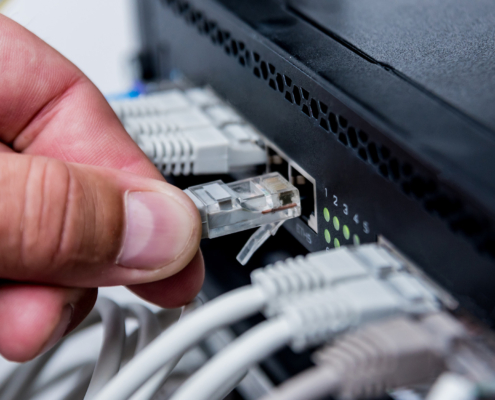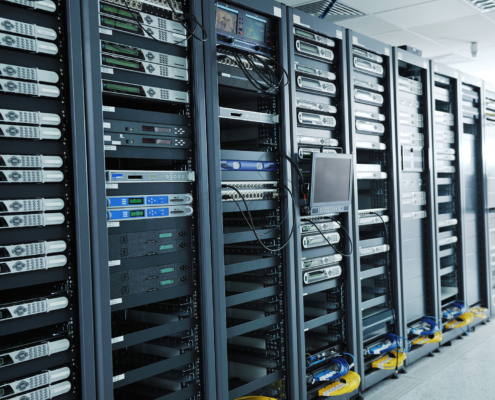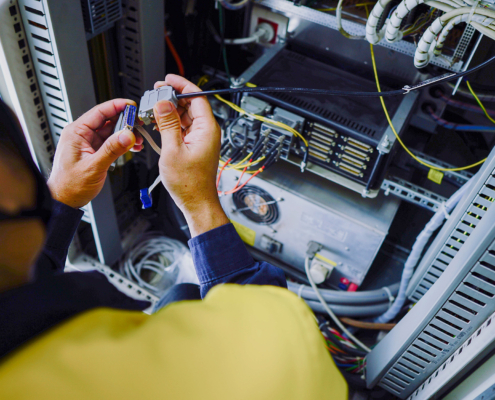 https://ringandping.com/wp-content/uploads/2025/07/How-Poor-Cabling-Can-Disrupt-Your-Warehouse-Operations.jpg12502000Abstrakt Marketing/wp-content/uploads/2024/05/ringandping_logo.svgAbstrakt Marketing2025-07-28 07:41:112025-08-19 13:59:44How Warehouse Cabling Problems Can Disrupt Your Operations
https://ringandping.com/wp-content/uploads/2025/07/How-Poor-Cabling-Can-Disrupt-Your-Warehouse-Operations.jpg12502000Abstrakt Marketing/wp-content/uploads/2024/05/ringandping_logo.svgAbstrakt Marketing2025-07-28 07:41:112025-08-19 13:59:44How Warehouse Cabling Problems Can Disrupt Your OperationsFiber optics use light pulses to transmit information via fiber lines as a replacement for transmitting information through copper lines using electronic pulses. Fiber optics are communication systems of the future – they are increasingly replacing copper wire as an appropriate means of communication signal transmission. Many telecommunications companies are using fiber optics to transmit telephone signals, Internet communication and cable television signals because they offer much lower interference and attenuation compared to copper wire, particularly in high-demand, long distance applications.Why is the industry choosing fiber optics? The main drawback for optical fibers is that they are more difficult to splice (i.e., join two optical fibers using heat) compared to electrical conductors. Optical fibers have high susceptibility to fiber fuse and damage at high optical intensities, which can destroy the fiber core and damage transmission components. In spite of increasing popularity, developing infrastructure for optical fiber is complex. As a result, fiber-optic communication systems have been mainly used in long-distance applications where the ability to use them to their full transmission capacity offset the high cost of installation. Although the cost of installing and running optical fiber has historically been high, the costs have declined in recent years.
Share This Post
More Like This
 https://ringandping.com/wp-content/uploads/2025/07/How-Poor-Cabling-Can-Disrupt-Your-Warehouse-Operations.jpg12502000Abstrakt Marketing/wp-content/uploads/2024/05/ringandping_logo.svgAbstrakt Marketing2025-07-28 07:41:112025-08-19 13:59:44How Warehouse Cabling Problems Can Disrupt Your Operations
https://ringandping.com/wp-content/uploads/2025/07/How-Poor-Cabling-Can-Disrupt-Your-Warehouse-Operations.jpg12502000Abstrakt Marketing/wp-content/uploads/2024/05/ringandping_logo.svgAbstrakt Marketing2025-07-28 07:41:112025-08-19 13:59:44How Warehouse Cabling Problems Can Disrupt Your Operations
5 Ways Your Business Can Benefit From Improved Warehouse Cabling in Orange County

The Top LA Warehouse Network Cabling Challenges

Common Warehouse Network Issues and How to Avoid Them at Your Facility

Why Reliable Network Cabling is Vital for Large Warehousing Operations

The Role of Network Cabling in Modern Warehouses

Choosing the Right Network Cabling for Your Warehouse: A Complete Guide

Premise Distribution Systems (PDS) and Why Fiber Optics Are the Future



